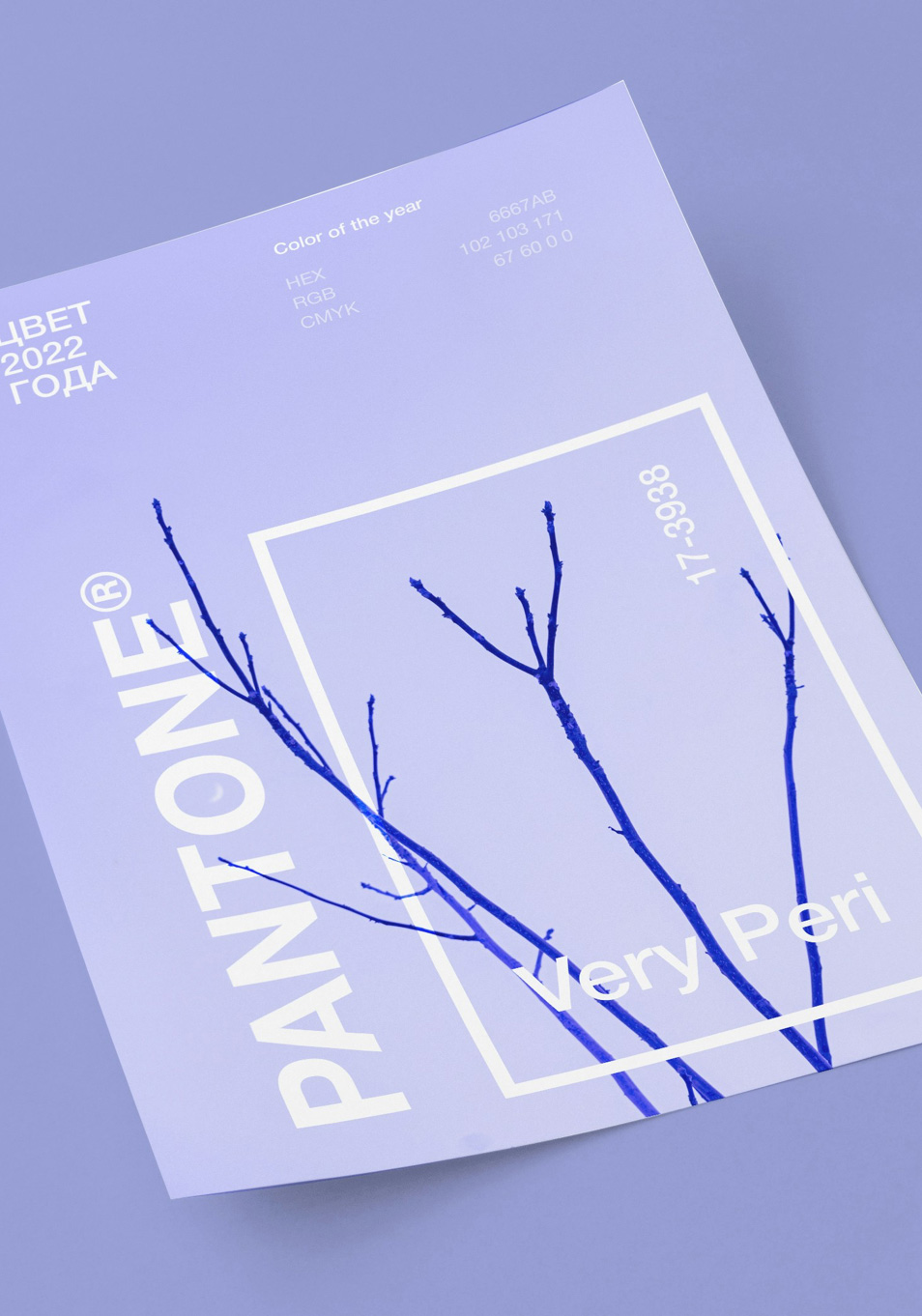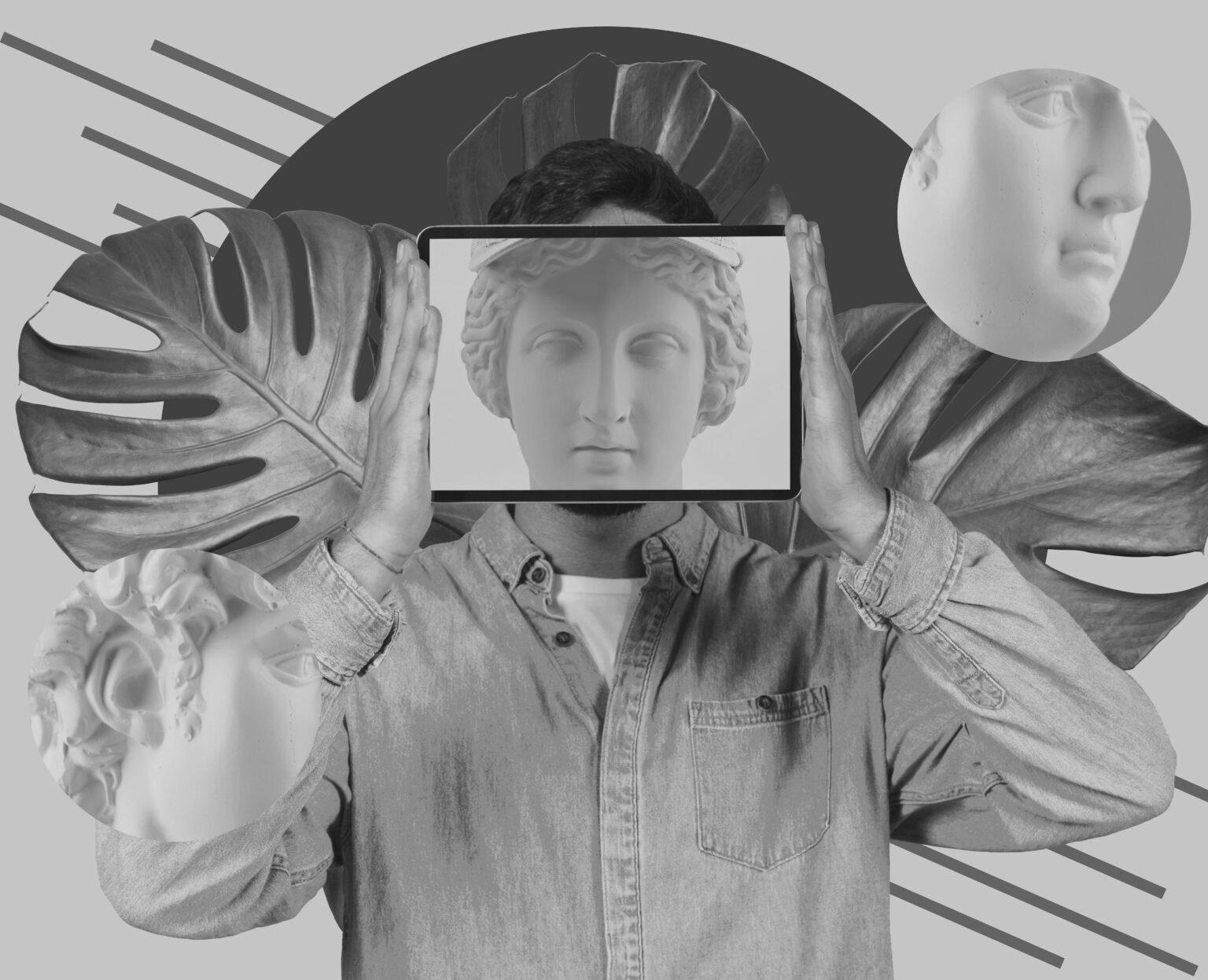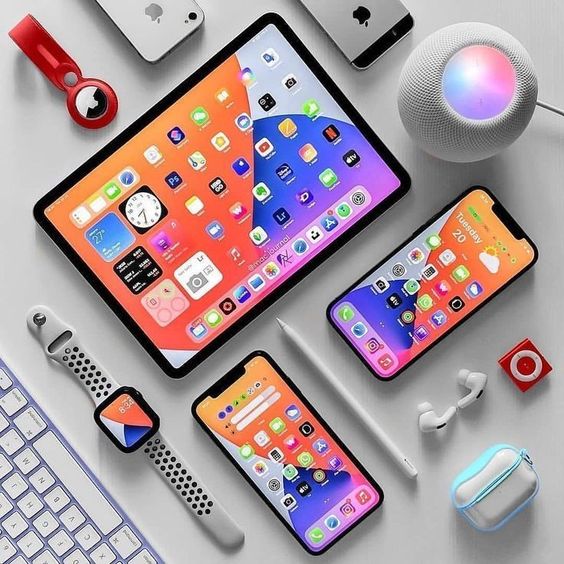Art and the brand: the role of visual art in enhancing brand extendibility
Understanding consumers’ evaluation of brand extensions is of critical importance to marketing practitioners and academics alike. Consequently, a great deal of research in marketing has been conducted to enhance this understanding. Much of the extant literature focuses on how consumers evaluate brand extensions and the product categories to which a given brand may successfully extend (Aaker and Keller, 1990, Hou, 2003). Other research has focused on how a firm can improve its ability to
Consumer evaluations of brand extensions
Prior research has explored general principles in art perception and appreciation (Berlyne, 1974, Funch, 1997). However, experts still disagree about any formal definition of art. For instance, Wartenberg (2006) presents twenty-nine different perspectives on the philosophical question of how art may be defined. The debate of what does or does not constitute art is beyond the scope of the current research. For the purposes of this research, we adopt a consumer-focused perspective, that art is
Overview of the empirical investigation
The central thesis of this research is that the association with art favorably influences brand image (via luxury connotations) and perceived extension fit (via enhanced cognitive flexibility), and these two factors, as prior research suggests, influence brand extendibility. In a pilot study, designed to illustrate the influence that the presence of art has on the extendibility of a brand over a range of product categories, we demonstrate that both a positively valenced and a negatively
Pilot study
The objective of this study was to demonstrate that the presence of art enhances the extendibility of the brand. Further, since the emotional appeal, stemming from the specific content of the artwork, is arguably a central feature of art (Margolis, 1999, Feldman, 1992), this study compares the effects of a positively valenced artwork with those of a negatively valenced one. If the effect of art is due to the valence of affect the artwork elicits, then the impact of the art image eliciting
“Brush up on colors and their associated emotions to make sure you nail the mood and tone of your brand.”
Study 1
In the pilot study, brands with art were found to be more extendible than brands without art across a large variety of brand extensions. In that study, each participant evaluated a number of extension products randomly presented to avoid any anchoring effects. However, it could still be argued that each extension evaluation may have been affected by other extension evaluations, because of comparative differences of fit with the soap dispenser. In the study that follows we demonstrate the impact
Study 2
One hundred and forty-eight undergraduates participated in this study. The study was a 2 (art presence: art vs. non-art) × 2 (category fit: high vs. low) between-subjects experiment. The soap dispenser from study 1 was used, and art presence was manipulated using two of the stimuli from that study (Flowers and Monet). A pretest, conducted to identify product categories that were considered high or low fit for a soap dispenser, revealed that towels were a high fit category and cheese was a low fit
General discussion
The extension of a brand to different categories is a valuable strategy that managers rely on to ensure the trial, adoption, and success of new products and services. However, marketing academics and practitioners recognize that there are limits to the extendibility of brands. Indeed, prior research has examined the key factors involved in brand extension evaluations, specifically, perceived quality/image of the parent brand and category and conceptual fit between the brand extension product




